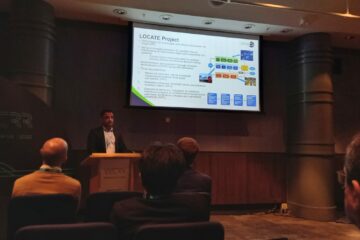Assessing Reliability and Availability under Correlated Failures in Railway Locomotive Bogies
Railway is the backbone of the transportation systems worldwide. To ensure reliability and availability of such systems, maintenance policies need to be optimized under a challenging and competitive environment. Condition-based and predictive maintenance strategies are key strategies in the European rail traffic system, where common advanced monitoring solutions of railway assets can serve as key performance indicators for the assessment and implementation of maintenance rules. Nevertheless, a good maintenance policy is intrinsically dependent on a clear assessment of the system, including aspects related to its complexity and financial dimension, in addition to the physical characteristics, the environmental and the operational conditions. Therefore, simulation models play a key role as they can mimic the behaviour of such systems, in particular the complex ones to solve analytically, incorporating the characteristics and their inherent stochastic behaviour, and their correlation structure. This study focuses on the locomotive bogie, as complex subsystem of the train onto which the wheels of the vehicle are fixed. The main components of the bogie are described, and their stochastic behaviour is associated with failure occurrence. It is proposed to study the impact on the system, using a Discrete Event Simulation (DES) model, in terms of reliability and availability, under different scenarios, and with different assumptions on the underlying failure modes, repairs, and on the failures’ correlation structure. The findings suggest that the model is useful to represent the main characteristics of this train subsystem, while identifying the parameters and components that are more critical in terms of reliability and availability fluctuations, when compared with the variations imposed on the model, under different scenarios. Finally, the DES model allows to robustly assess where the focus should be put depending on the uncertainty embedded in the correlations of failures and/or in the maintenance durations.
Full paper can be downloaded HERE
This project has received funding from the Shift2Rail JU under the European Union’s Horizon 2020 research and innovation programme, under Grant Agreement 881805.

